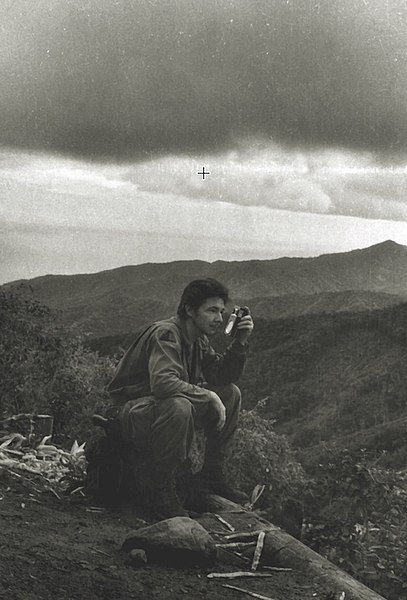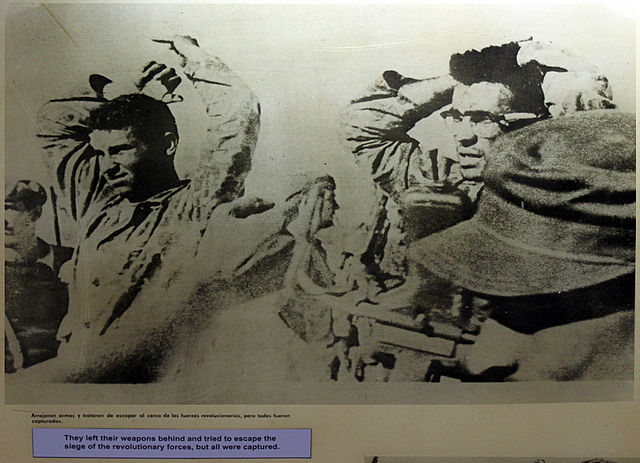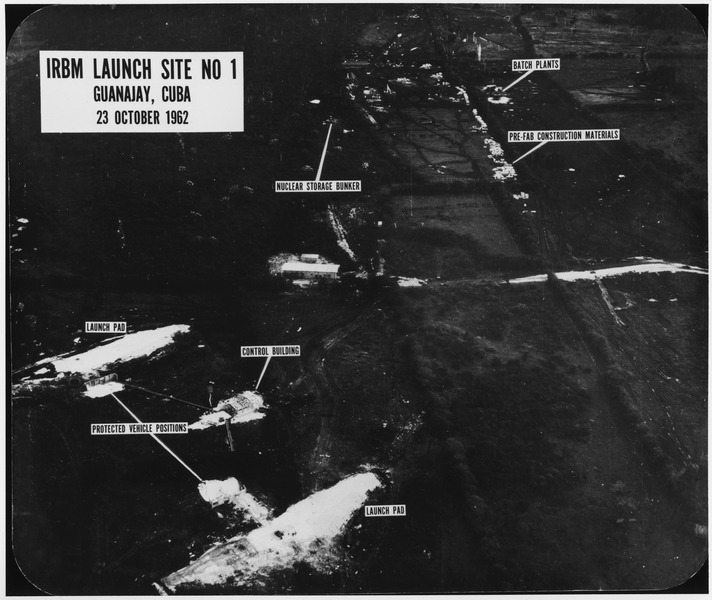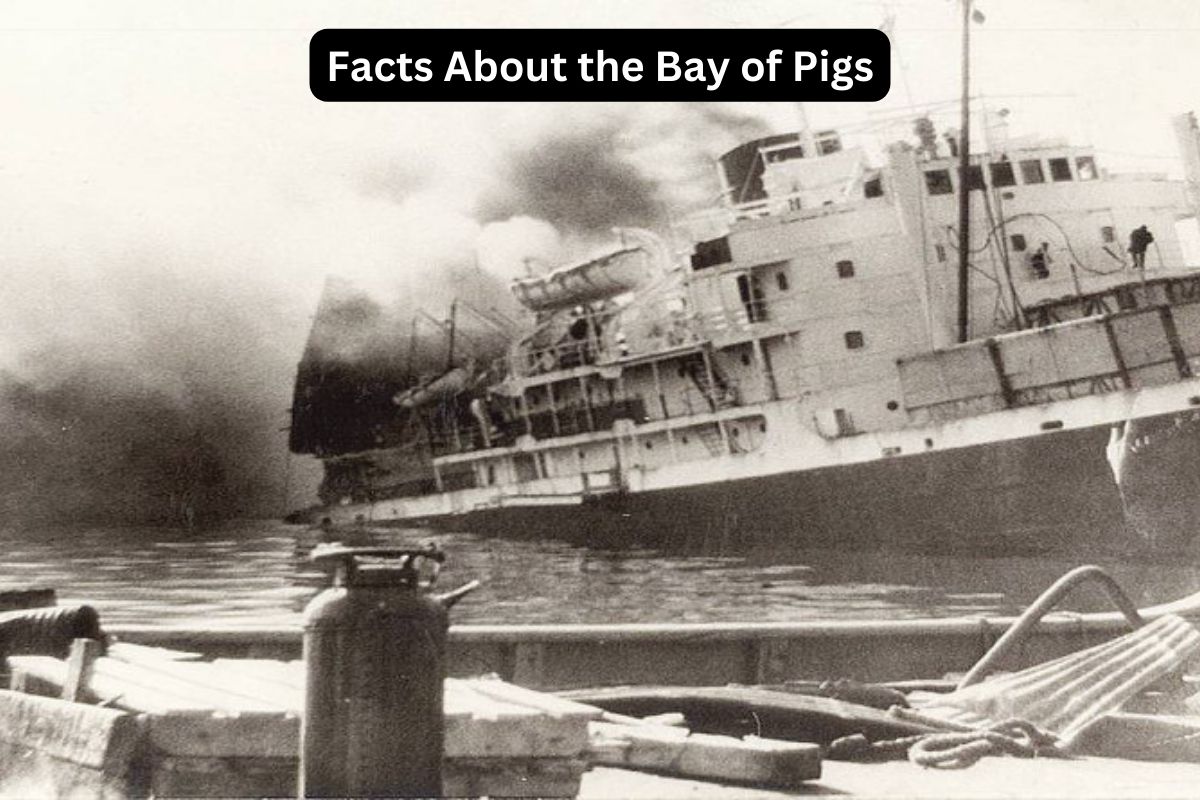The Bay of Pigs invasion stands as a pivotal moment in Cold War history, marking a failed attempt by the United States to overthrow Fidel Castro’s revolutionary government in Cuba.
This article delves into the multifaceted legacy of the invasion, exploring its historical significance, political ramifications, and enduring lessons.
From the strategic miscalculations and covert machinations of the CIA to the swift and decisive response of Cuban forces, the Bay of Pigs serves as a cautionary tale about the complexities of foreign intervention and the enduring impact of failed military endeavors.
By examining the aftermath of the invasion, its implications for U.S.-Cuba relations, and its role in shaping Cold War dynamics, this article seeks to illuminate the enduring relevance of this infamous episode in global history.
Bay of Pigs Facts
1. Location: Bay of Pigs is on Cuba’s southern coast
The Bay of Pigs is a picturesque inlet located along the southern coast of Cuba, specifically in the province of Matanzas. It stretches over approximately 15 miles (24 kilometers) along the coastline and is characterized by its calm waters and surrounding marshlands.
2. Failed Invasion: CIA-backed attempt to overthrow Fidel Castro’s government in April 1961
The Bay of Pigs invasion refers to a clandestine military operation orchestrated by the United States Central Intelligence Agency (CIA) in April 1961.
Also Read: Fidel Castro Timeline
The primary objective of the invasion was to overthrow the revolutionary government of Fidel Castro, which had come to power in Cuba in 1959 after overthrowing the regime of Fulgencio Batista.
The invasion was a significant part of the broader U.S. strategy to counter the spread of communism in the Western Hemisphere during the Cold War.

3. Invaders: About 1,400 Cuban exiles trained and funded by the CIA
The invasion force comprised approximately 1,400 Cuban exiles, mostly anti-Castro dissidents who had fled Cuba following the revolution. These exiles were recruited, trained, and equipped by the CIA in secret camps located in Guatemala and Florida.
Also Read: Timeline of the Bay of Pigs
The force consisted of infantry units, artillery, and air support, with the expectation that they would incite a popular uprising against Castro’s government upon landing in Cuba.
However, the invasion ultimately proved unsuccessful due to a combination of strategic mismanagement, poor intelligence, and unexpected Cuban resistance.
4. Cuban Response: Swiftly repelled by Cuban armed forces and local militias
Fidel Castro’s government was well-prepared for the Bay of Pigs invasion, having received intelligence about the impending attack. As soon as the invaders landed at Playa Girón and Playa Larga, Cuban armed forces, along with local militias and civilian volunteers, swiftly mobilized to repel the assault.
The Cuban military, led by Castro’s brother Raúl, deployed troops, tanks, artillery, and aircraft to counter the invasion. Despite being outnumbered and outgunned, the Cuban forces effectively contained and ultimately defeated the invaders within a matter of days.
Their quick and coordinated response, combined with the support of the Cuban population, played a crucial role in repelling the invasion.

5. Political Fallout: Embarrassment for the U.S. and President Kennedy
The failure of the Bay of Pigs invasion had significant political repercussions for the United States and President John F. Kennedy.
The botched operation not only exposed U.S. involvement in attempting to overthrow a sovereign government but also highlighted the shortcomings of American intelligence and military planning.
The embarrassment resulting from the failed invasion damaged the credibility of the Kennedy administration, both domestically and internationally. It also strained relations between the United States and Latin American countries, many of which viewed the invasion as a violation of Cuban sovereignty and a threat to regional stability.
The Bay of Pigs debacle ultimately led to a reassessment of U.S. policy towards Cuba and raised questions about the efficacy of covert operations as a means of achieving foreign policy objectives.
6. Cuban Missile Crisis Connection: Failure may have influenced Soviet missile deployment in Cuba
The Bay of Pigs invasion is closely linked to the Cuban Missile Crisis, which occurred the following year in October 1962. The failure of the invasion is believed to have influenced Soviet Premier Nikita Khrushchev’s decision to deploy nuclear missiles in Cuba as a deterrent against future U.S. aggression.
The presence of Soviet missiles in Cuba heightened tensions between the United States and the Soviet Union, bringing the world to the brink of nuclear war.
The Cuban Missile Crisis underscored the dangerous escalation of Cold War rivalries and highlighted the enduring significance of Cuba as a geopolitical flashpoint in the struggle between superpowers.
7. Impact on Relations: Further strained U.S.-Cuba relations, aligning Cuba more with the Soviet Union
The Bay of Pigs invasion further strained already tense relations between the United States and Cuba, solidifying Fidel Castro’s resolve and strengthening his position as a leader who stood up to American imperialism.
The Cuban government used the invasion as propaganda to bolster its legitimacy and garner support both domestically and internationally.
The failure of the invasion also pushed Cuba closer to the Soviet Union, leading to increased economic and military cooperation between the two countries. This alignment with the Soviet bloc intensified the Cold War rivalry in the Western Hemisphere and heightened fears of communist expansion in the Americas.

8. Aftermath: Captured exiles were held as prisoners, released later through diplomatic negotiation
Following the defeat at the Bay of Pigs, many of the captured Cuban exiles were held as prisoners by the Cuban government.
The United States negotiated their release through diplomatic channels, which involved providing humanitarian aid, such as food and medical supplies, in exchange for the freedom of the prisoners.
The release of the prisoners marked the end of the immediate aftermath of the invasion, but its repercussions continued to reverberate in U.S.-Cuba relations and Cold War dynamics for years to come.
9. Legacy: Illustrates the complexities and risks of covert operations and foreign interventions
The Bay of Pigs invasion remains a significant event in Cold War history, serving as a cautionary tale about the perils of covert operations and foreign interventions.
It highlighted the dangers of overconfidence and flawed intelligence in military planning and underscored the limitations of military force in achieving political objectives.
The invasion also exposed the complexities of U.S. foreign policy in Latin America and the challenges of balancing strategic interests with respect for sovereignty and self-determination.
10. Perspectives: Seen differently in the U.S. as a strategic failure and in Cuba as a victory over imperialism
The Bay of Pigs invasion is viewed differently by various parties involved. In the United States, it is often regarded as a strategic blunder and a stain on the reputation of the Kennedy administration.
The failure of the invasion led to soul-searching within the U.S. government and prompted a reevaluation of its approach to Cuba and other communist regimes. In contrast, in Cuba, the Bay of Pigs is celebrated as a triumph of the revolution and a symbol of Cuban resistance against American imperialism.
The successful defense of the island reinforced national pride and solidarity among Cubans and solidified Castro’s leadership. Overall, the Bay of Pigs invasion continues to shape historical narratives and perceptions of U.S.-Cuba relations and Cold War history.
